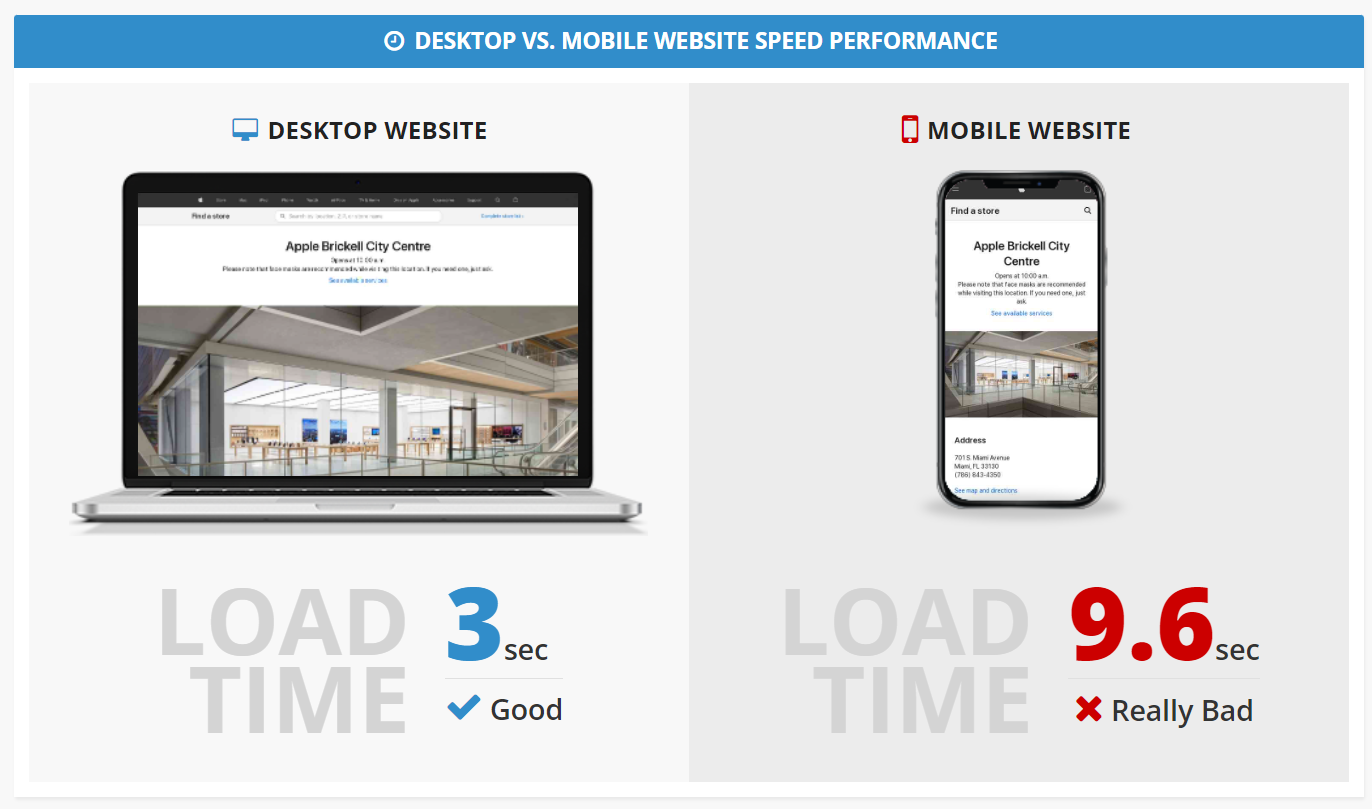
The following will cover the Website Review and SEO Audit section of the Local Analyzer report.
The SEO audit will clearly display what can be done to improve site speed, discoverability, and visibility. Correcting errors highlighted in the audit improves site traffic... resulting in increased sales for your client!

Preferred website load time is under 3 seconds.
Fast load time yeilds multiple benefits, including the impact on the ranking of the website.
There are multiple SEO Ranking factors which impact website performance. The SEO audit displays the details for each category and will help you explain best practices for your prospects. For example, if a factor is properly set up on the prospect's website, it will show the result as "Passed". If a factor needs improvement, the audit will show "Errors".

Keywords are set up automatically based on the Google Listing for the business pulled up in the report. Keywords can be changed to check for more optimization issues:

This represents the number of times a given keyword is mentioned divided by the total number of words on the page.
Website readability is the measure of how easy it is for visitors to read and understand the text on a web page.
It is important to have a relevant keyword in the URL that will tell Google what the page should show up for in search results
The meta title has a keyword that appears in the search results when you type that keyword into the Google search bar and click enter. Meta titles are necessary because they describe the webpage semantically. It's also a very technical tool the brands use to inform the customers about their company and service.
A page's meta description should intelligently employ the page's target keywords. Google and other search engines often bold keywords from the user's query in the description display, which draws the eye of the searcher.
Meta descriptions should be long enough to be sufficiently descriptive. We recommend a description length between 50 and 160 characters.
Every page should have only ONE primary keyword in the H1 tag. The H1 Tag is used to identify the title of the page or an article. Consider it a header that gives users and search engines an idea about the topic.
Alt text is the written copy that appears in place of an image on a webpage if the image fails to load on a user's screen (also called alt tags and alt descriptions). This text helps screen-reading tools describe images to visually impaired readers and allows search engines to better crawl and rank websites.
Many experts believe that Google gives more weight to the first 200 words of content. The reason is that it is in the first 100-200 words of an article where a content writer explains what will be discussed in the entirety of the article. Since most readers only continue reading an article if the introduction is good, it stands to reason that it could be a ranking factor as well.
The point of having multiple tag options is to break the text into subsections.
Click to call is important because it prompts site visitors to make a call instantly when their interest is highest.
The ideal length for the meta title is 50–60 characters as Google starts to cut off the title tag beyond that.
NAP is an acronym for Name, Address, and Phone number. A business' NAP for must be correct and consistent when optimizing the website and online presence for local search because Google values accurate information for its users.
Related Articles:
How to enable the Website Review and SEO Audit section?
How to update the call to action for the Website Review and SEO Audit?